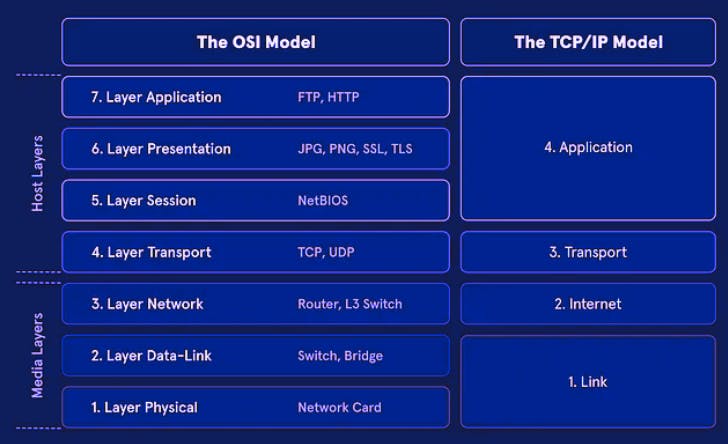Every one of us uses networks in our day-to-day lives. Some of us may not even have a concept of the network at all. Instead, we simply enjoy the functions of the network—the ability to post messages to social media sites, make phone calls, search for information on the Internet, listen to music, and download countless apps to phones—without caring about how it works or how their favorite device connects to the network.
Welcome to the world of networking! Whether you are a seasoned IT professional or new to tech, seeking to deepen your understanding of technological infrastructure, the landscape of networking serves as an essential cornerstone. It is a must-know skill. In this blog, we will unravel the intricacies of networking, understand its significance, and explore the fundamental concepts that underpin seamless connectivity.
So, what is Networking?

At its core, networking is the art of facilitating communication and data exchange between devices. This contains a complex web of interconnected systems that transmit information across local and global networks. From the home Wi-Fi setup to the expansive architecture of multinational corporations, networking forms the backbone of our everyday digital interactions.
How it works? (Standards and Protocols)
At the heart of networking lies a universal set of rules, or protocols, that govern how devices communicate with each other. These protocols are defined by standards which serve as the agreed-upon framework for establishing seamless connectivity. From the physical transmission of data to the complexities of information exchange, these standards and protocols ensure the harmonious operation of our digital world. Examples of such protocols are Transmission Control Protocol (TCP) A.K.A. Internet Protocol (IP), User Datagram Protocol (UDP), File Transfer Protocol (FTP), Hypertext Transfer Protocol (HTTP) etc.
Networking Model (networking architecture)
To navigate the labyrinth of networking protocols and standards, the industry has devised networking models that categorize and structure these crucial elements. These models serve as blueprints, guiding network engineers and professionals in understanding how various networking components function together to form a cohesive network.

There are two important models that explain how computers communicate and share data: the OSI/ISO model and the TCP/IP model. These models help us understand how information moves through a network and make data transfer more effective.
Next blog with TCP/IP: The Cornerstone of Modern Networking
In today's digital landscape, the TCP/IP model stands tall as the pervasive framework for networking. Supported across diverse computing platforms, from mobile devices to enterprise servers, TCP/IP embodies the essence of modern connectivity. It underpins the operation of innumerable networks and serves as a cornerstone in networking certifications and training, reflecting its unparalleled importance in today's IT environment.
Conclusion
Networking is the art of enabling communication and data exchange between devices, forming the foundation of our digital interactions. It is guided by universal protocols and standards that ensure seamless connectivity, and it is structured by networking models such as the OSI/ISO model and the TCP/IP model, which help us comprehend how information flows through a network and improve data transmission.
In the modern digital world, the significance of TCP/IP will not only deepen your understanding of technological infrastructure but also equip you with essential skills for navigating the ever-evolving landscape of modern IT.
So, welcome to the fascinating world of networking, where unraveling its complexities and embracing its significance will empower you to navigate the digital realm with confidence and expertise.

